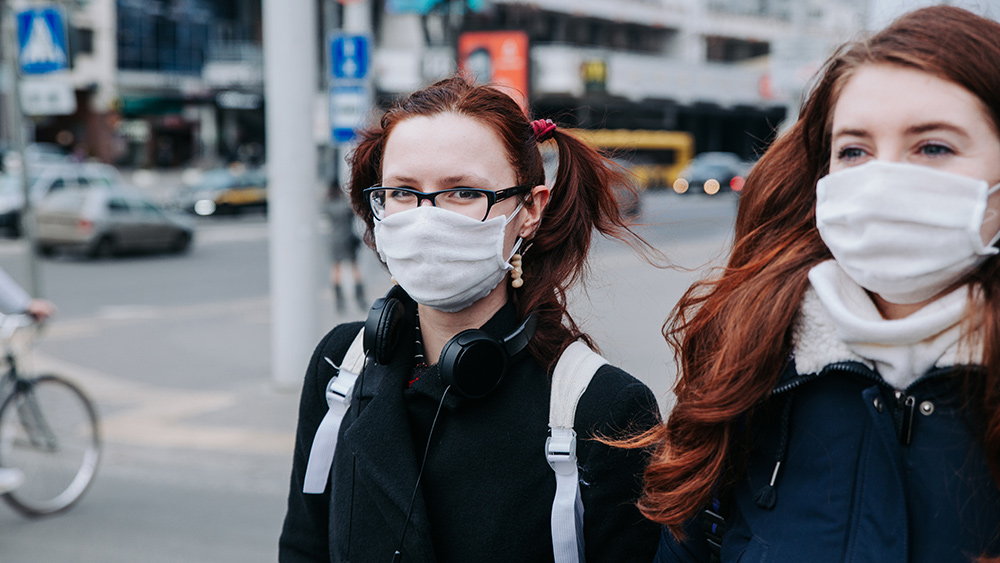
A new study from the University of Cambridge said that the social distancing rule of six feet does not protect people from catching COVID-19 even when outdoors.
Researchers noted that the social distancing rule is an "arbitrary measurement" of safety in the absence of face masks, and it can be set anywhere between three to ten feet based on the risk tolerance of the local public health authority that is putting out mandates.
Individuals infected with COVID-19 spread the virus through coughing, speaking and breathing, with many expelling larger droplets that eventually settle on surfaces. Others break into smaller aerosols that could float through the air.
The team's study used computer modelling to quantify the amount of infectious particles dispersed in the air when coughing and how they travel, and results showed coughs vary widely in terms of expelling said particles.
In a statement, lead author Epaminondas Mastorakos said: "I remember hearing lots about how COVID-19 was spreading via door handles in early 2020, and I thought to myself if that were the case, then the virus must leave an infected person and land on the surface or disperse in the air through fluid mechanical processes."
Cambridge engineers also noted that it's been clear that COVID spreads through airborne transmission, and they have developed various programs to investigate how the virus behaves in these environments. (Related: Former FDA commissioner says six-feet social distancing rule is arbitrary, "nobody knows where it came from".)
Fluid mechanics of COVID
First author Dr. Shrey Trivedi said one part of the way COVID-19 spreads is virology, which takes into account how much virus there is in the body and how many viral particles expel when one speaks or coughs. Another part of it is fluid mechanics, taking into account what happens to the droplets once they are expelled.
Trivedi noted that simulations show how much of the virus could reach another person in the same room from a cough that contains thousands of droplets. The researchers found that there is no sharp cut-off once they spread beyond two meters.
When a person isn't wearing a mask, Trivedi noted that most of the larger droplets will fall on nearby surfaces, but smaller ones can suspend in the air and quickly and easily spread beyond the six-foot mark depending on the ventilation of a room. Moreover, the variables surrounding mask-wearing and ventilation also show a high degree of variability.
"Each time we cough, we may emit a different amount of liquid, so if a person is infected with COVID-19, they could be emitting lots of virus particles or very few, and because of the turbulence they spread differently for every cough," Trivedi added.
The six-foot rule is easy to remember for the public, but it isn’t a mark of safety, given the large number of variables associated with the airborne virus. Vaccination, ventilation and masks, they said, are also vital for containing the virus even though they are not 100 percent effective.
The six-foot rule dates back from the late 1800s, when a German scientist found that pathogens present in large droplets were expelled from the nose and mouth. However, he did not indicate that wind and weather can affect how these droplets travel. For instance if humidity is low, bigger droplets can shrink and stay longer airborne.
Lydia Bourouiba, director of the Fluid Dynamics of Disease Transmission Laboratory at the Massachusetts Institute of Technology (MIT), said that the six-foot rule is based on an outdated science. She and her colleagues find that there are many situations where six feet isn't enough to keep the risks of getting the virus low.
Mastorakos and his team are carrying out similar simulations for spaces like lecture rooms to assess the risk as people spend more time indoors.
For more news related to the coronavirus pandemic, visit Pandemic.news.
Sources include:
Please contact us for more information.























